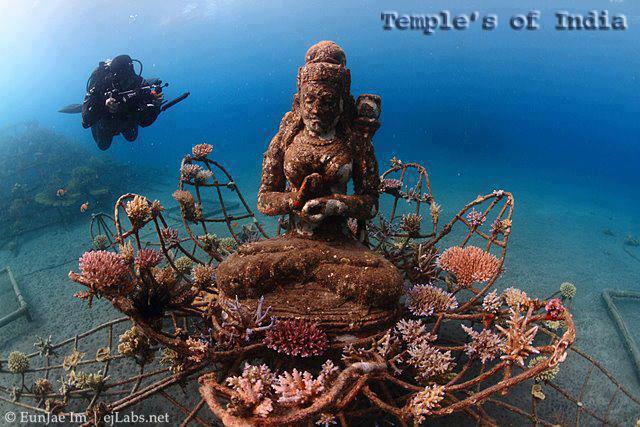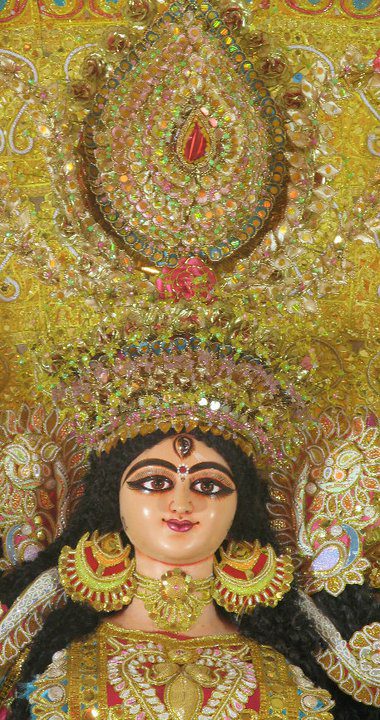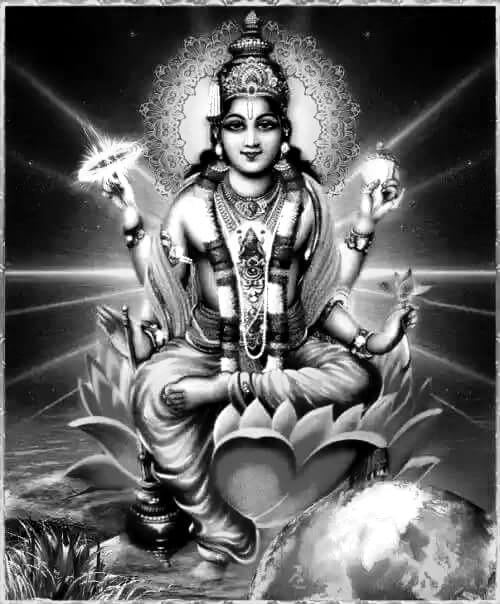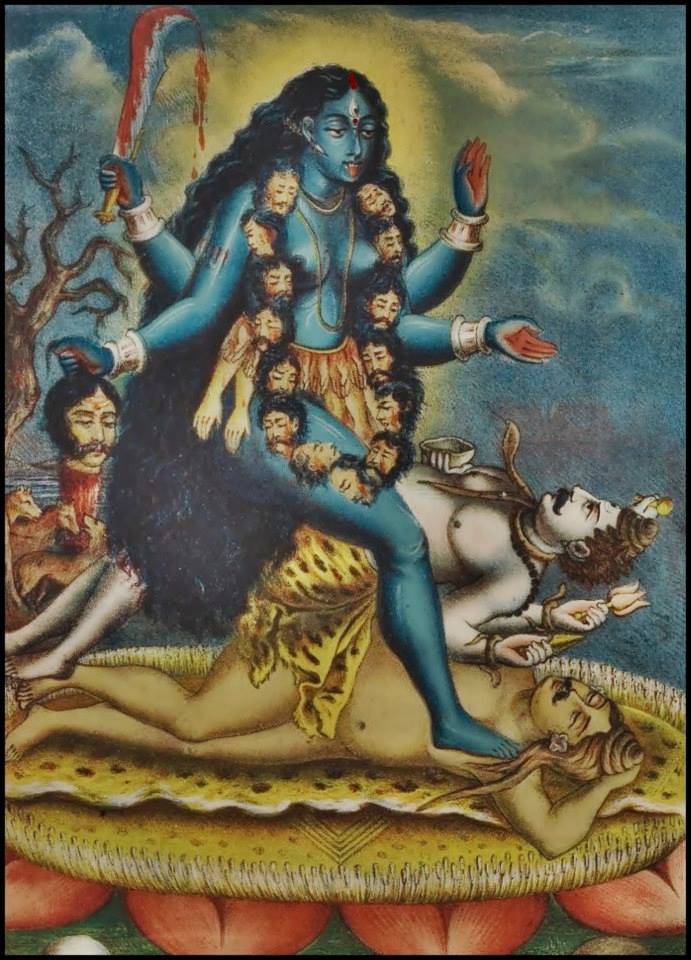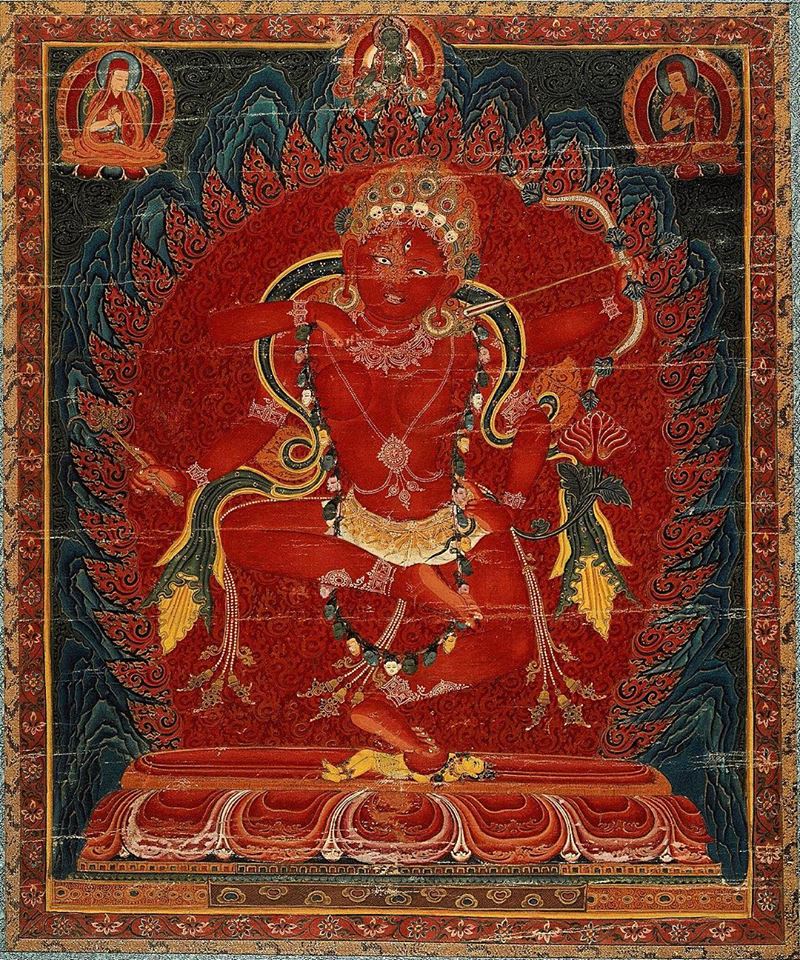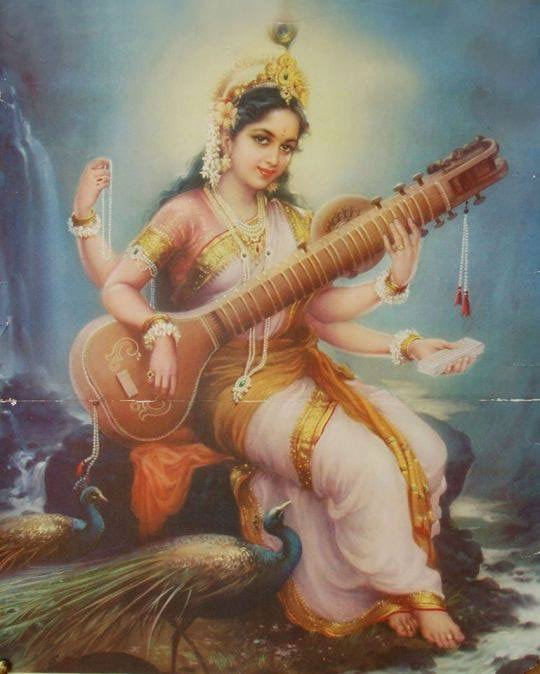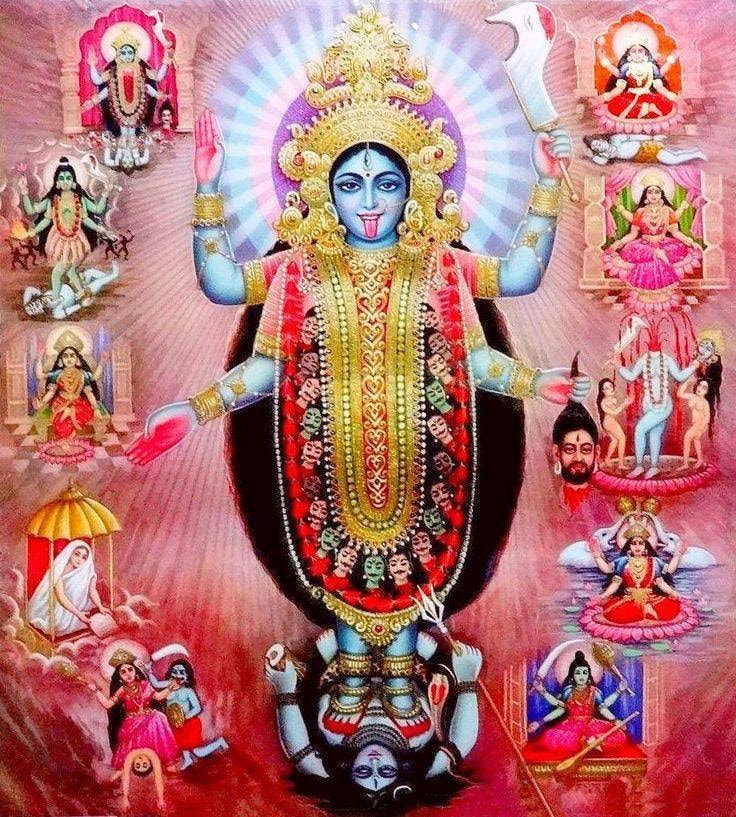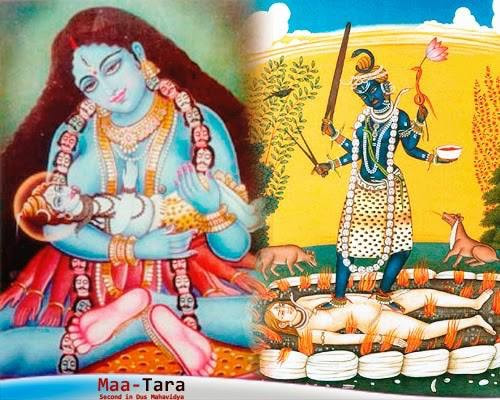
Brokenness is the road to renewal. By karmic consequences, one is sometimes left as broken pieces of glass sprawled all over the floor. Now you really need God and in no small measure, it is Goddess Akhilandeshvari of the Hindu pantheon that tells you that you and your broken pieces are in your finest hour! Goddess Akilandeshvari is a manifestation of Shakti replete with teachings. Even her imagery appears shattered. Her vahana is a crocodile.
AKILANDESHVARI is pronounced as ‘Akilan – Anda –Esvari’ meaning ‘Universe – Ruler – Goddess’. But the word ‘Akhilanda’ essentially means “never not broken.”
This purports that Goddess Akhilandesvari is the Goddess of ‘Never Not Broken’. In other words She is the ‘the always broken Goddess. This is a double negative and it would appear that even in Her name the Goddess is broken down. She is the Goddess for times of disarray. Her vahana, the crocodile is symbolic of the fear that resides in us, which need not weaken us but enduring and always prepared to transform and be transformed. Akhilandeshvari gains strength and beauty by constantly breaking apart and coming together again.
Goddess Akhilandeswari teaches us that there is nothing wrong in being broken, that in actuality, sitting in pieces is not a bad thing after all. Thoughts of togetherness and completeness are only illusions which we cling for comfort. This illusion of comfort certainly does not save us when things fall apart. Akhilandeswari gives us the jnana that we are to pick up the pieces and move ahead. Her lesson is simply this: even that new whole, that new, colourful, amazing groove that we create, is an illusion. It means nothing unless we can keep on breaking apart and putting ourselves together again as many times as we need to. We are already “never not broken.” We were never a consistent, limited whole. In our brokenness, we are unlimited. And that means we are simply bliss because we get to choose between an incomprehensible demoralization and the golden opportunity to get up and run the race.
LIFE CHALLANGES:
Let us look at this practically. Akhilandeswari does not symbolise weakness and terror. She is the very opposite. We live in a world where problems tear us apart. Instead of trying something unfathomable and out of fear, we are stuck in routines that could be toxic to the mind. We repeat the same habits or relationships. The Goddess simply tells us that instead of being in this flux, pull yourself up, change your circumstances and your habits. In the absence of such dire moves, things are going to be worse; there is nothing whole, everything has its limitations, so why the fear? By not making such moves one is only going to lose the future which is going to dissolve in front of you. This is applicable to relationships or jobs where one is grounded in a particular situation out of fear. Thoughts of change simply terrify us but that can be changed for the better.
CHOICE:
Akhilandeshwari also symbolises ‘Choice’. God has given us the ability to choose. At some point in time we have to exercise the burden of choice. When you are indeed on the floor as little pieces, now you get to make a choice. The first change is already there and perhaps you had no choice! But now you have an incredibly powerful opportunity to become new again - to choose how you want to put yourself back together. It is the muddled pool that sees clear water soon, so confusion can be an incredible teacher.
STOCK-TAKING:
Surrendering is an addiction. When the jig-saw puzzle is near complete and gets disarrayed, we may have a tendency to fix it again. But there is always the tendency to leave it in disarray. We are so used to surrender because that has been the internalised mental attitude. Being in disarray is not humiliation. It is an opportunity to put the pieces back again to form another picture that reflect more accurately what we really want to be in the future. Your breaking down is a chance to have a different outlook of life and mindfulness of aligning one’s ambition with the Higher Power’s plan for us.
FEAR:
Feeling of confusion, brokenness and fear that every human has felt at some point in life is a source of beauty. It adds colour, new reflections and possibilities. Familiarity breeds contempt. If we take a walk along the same route to a river, life becomes monotonous and toxic. Watching this, crocodiles would catch up; we get plucked from the banks, spun and eaten. This is symbolic of ‘samskara’ habits which have become limited. So now is the time to break loose of confusion, brokenness and fear to get up and take a ride up the river, dive into it and become something new. Fear gives you the choice to wake up to the call.
Akhilandeshwari tell us that what he could have created in the past is an illusion. The colorful grove of life means nothing unless we can keep on breaking apart and putting ourselves together again as many times as we need to. We are already “never not broken.” We were never a consistent, limited whole. In our brokenness, we are unlimited. And that means we are amazing.
VAHANA:
Goddess Akilandeshwari’s vahana is the crocodile. This vahana has meaningful attributes, given the fact that she rides on to move in a flowing river. The crocodile represents our reptilian brain. It is a powerful commentary on what we should be doing with our problems. Use the head; that is where fear is created!
The Goddess not only faces her fear, but she uses it as a vehicle to move her forward on her path to greater growth, strength, and beauty. In psychology, fear is a natural reaction to moving closer to the truth. This vahana is symbolic of outgrowing and fracturing self-concepts, behaviors, situations to move closer to her highest form and to the highest truth. It is like shaking things up to remove the pieces that no longer serve a higher purpose and integrating new things that do.
Akhilandeshwari shows us not the courage to face death but courage to die repeatedly. She has the courage to be present with her pain, fear, disappointments, but also her joys and to continually grow. This gives one the knowledge when life is a recent transition from a familiar and pleasant life of certainties to a life of uncertainties. So, bridle the crocodile and ride him down the river, the river of life.
It is a misconception that crocodile kills its victims with power located in the huge jaws. It plucks the prey from the banks of the river, takes the prey deep in the water, spin it until the prey is disoriented. The crocodile, therefore, uses the power of spin rather than brute force to feed themselves. Bring your problems and sink that till they disappear in the oblivion.
By riding on this spinning, predatory, fearsome creature, Akhilandeshwari refuses to reject her fear, nor does she let it control her. She rides on it. She gets on this animal that lives inside the river, inside the flow. She takes her fear down to the river and uses its power to navigate the waves, and spins in the ‘never not broken’ water. Akhilanda shows us that this is beautiful.
Crocodile eggs have something to teach too. The reptile takes considerable time to build nests on the river banks in which to lay their eggs. The female is said to determine the sex of their offspring based on how hot and cool the level is at which they bury those eggs! Then again they leave, seemingly without concern of their effort. This is what Divine does for you. You are the result of millions of years of DNA development and at some point you have to crack out of an egg like a twice-born. And the way to the river is perilous and fraught with danger. Like the crocodile you have extra piece of grace, a special tooth to help you in the process of joining community of fellow. You are born with the power to develop your intellect and to be with great beings.
SRI AKILANDESWARI TEMPLE:
The temple is known as Thiruvanai Kovil situated in Thiruchirapalli. The temple is adjacent to Srirangam. It is one of the Panchabhoota Sthalams, signifying five natural elements. Thiruvanai represents the Neer or water element. The other four are Kalahasti, Kaatru or wind; Tiruvannamalai, Neruppu or fire; Kanchipuran, Bhoomi or earth and Chidambaram, Aagayam or space. As Thiruvanai represents water, it is also called ‘Appu Sthalam’ and the Shivalinga is called ‘Appu Linga’. Even today, one can see water oozing out near the Shivalinga in the temple.
Once, Goddess Akilandeswari was fierce like ‘Ugra Devatha’. She is indeed considered to be Rowdra Swaroopini – One with lots of anger in the past. As such devotees worshipped her from the outside and no one dared to go inside the Sannidhi, the sanctum sanctorum. Adhi shankara was unhappy with it. So he designed a "Sri Chakram" and "Siva Chakram" and pleaded the Mother to let her anger to be flown inside the chakraas as a shakthi and let it be used for the welfare of the living beings. The gracious mother heeded to the words of Shankara and shed all her angers and became Shaantha Swaroopini, Peace and Grace Showering Goddess. Akilandeswari wears the chakras as thadangam on her ears. Sri Adi Sankara installed a Ganapathy Vigraha in front of Sri Akilandeswari and this contained her Ugrakalai or malignant aspects.
The Chakra is also symbolic. Akilandeshwari wears her spiritual power as an ornament. Her outer power then manifests as a turn, as a whirl. A cakra is a whirling multidimensional subtle reality. Cakras, mandalas, yantras – these are way more complex models and maps of power than the singular lingas that mark some of the male-encoded tantric iconography.People use to say, while having a darshan of Akilandeswari, if we imagine her face without the thaadangam, we can see the rowdra swaroopam. If we see her face with the thaadangam, we can see the shantha swaroopam.
JAMBUKESWARA:
Thiruvanaikoil is also called as ‘Jambukeswaram’ in honour of Lord as Jambukeswara. Sage Jambu Munivar once got a rare and sacred ‘Venn Naaval’ , a whitish fruit which he offered to Lord Siva. The Lord after eating the fruit spitted the seed. Jambu Munivar took and swallowed the seed, as it is sacred as the seed came from the Lord’s mouth. Immediately a ‘Naaval’ tree began to grow in the Saint’s head.
The Saint prayed to Lord Siva that He should take his abode under that tree. Lord accepted and asked him to continue his penance in the forest on the banks of river Cauvery and said that he will one day come there and abode under that tree. After many years Devi Akilandeswari worshiped Lord Shiva under that tree during her penance. Thus as he took adobe under the tree on Jambu Munivar he was called as ‘Jambukeshwara’ and the place is called as ‘Jambukeshwaram’. Also thus the ‘Venn Naaval’ became the ‘Sthala Vriksham’ ,Temple’s Sacred tree. The Shiva Lingam is placed under the Venn naaval tree in this temple. Even today you can see that Venn Naaval tree at the temple, which is said to be many hundred years old. Symbolically even today, at noon the priest, dressed in a saree, performs pooja to Sri Jambukeswara. Akilandeswari, the Mother of the Universe, is said to have worshipped the Lord in this temple.
SAINTS:
Other than Shankara, saints of repute are linked to this temple. Sundarar sung songs mentioning the Lord at Thiruvanaikoil is the form of four Vedas. Thiru Jnanasambandar, the child prodigy and one of the famour Nayanmaars, sung songs called Padhigams praising the Lord and Devi of Thiruvanaikoil. Arunagirinathar sung his master piece Thirupugazh, the Vibhoothi Praharam. Meenakshi Sundaram Pillai wrote Thiruvaanaikaa Akilandanayaki Maalai praising Devi Akilandeswaru and Lord Jambulinga. The history of the temple was written down as Thiruvanaika Puranam by Kachiappa Munivar.
Yogi Ananda Saraswathi
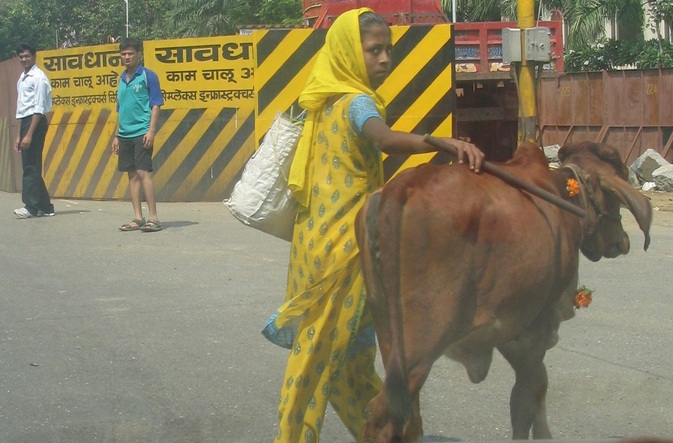












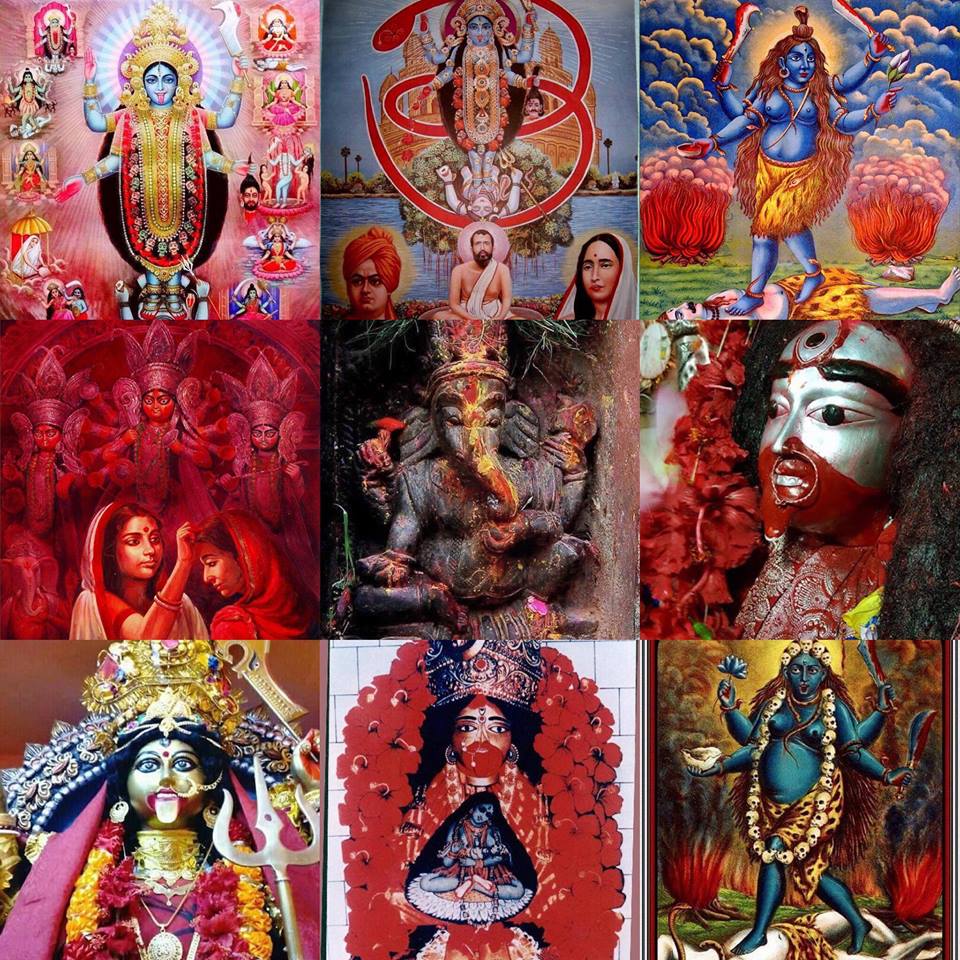
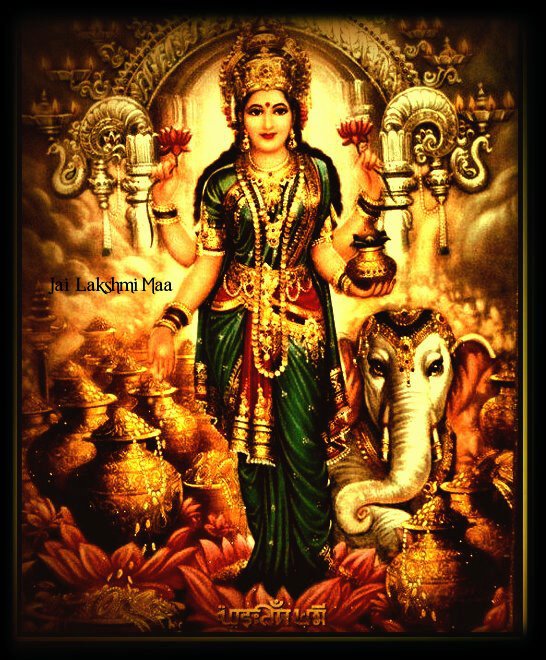

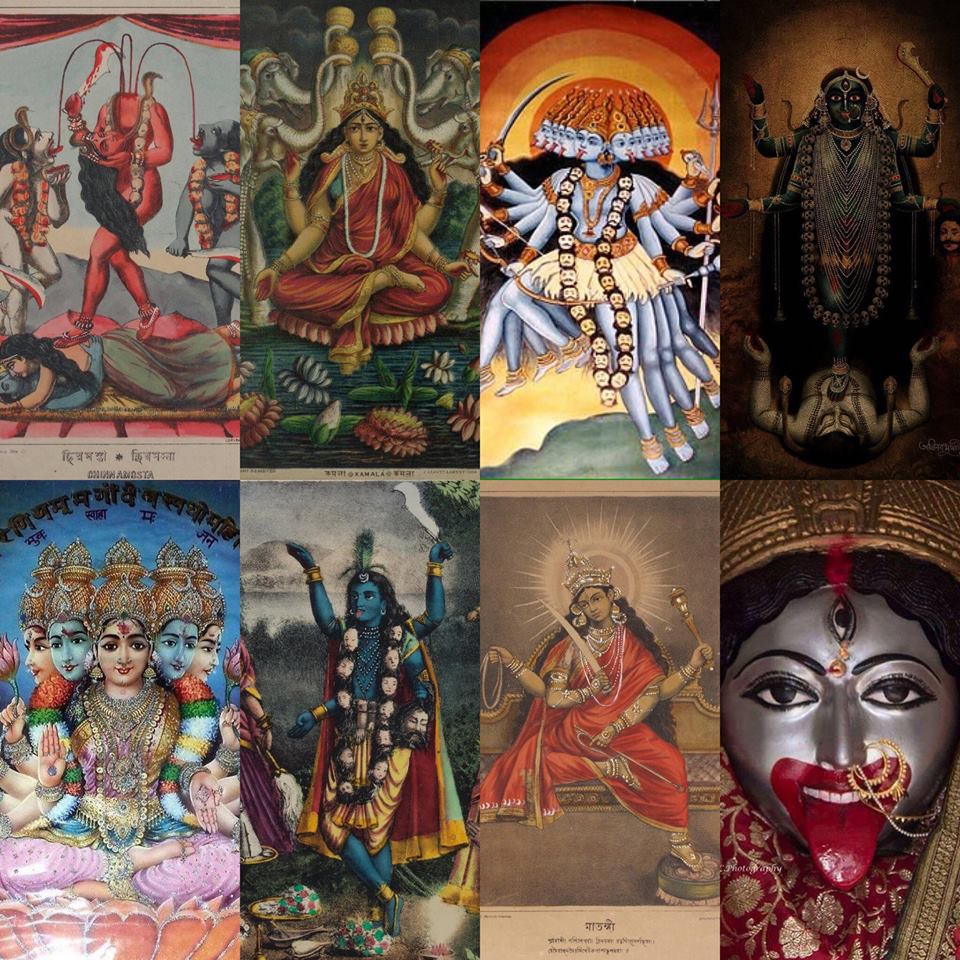
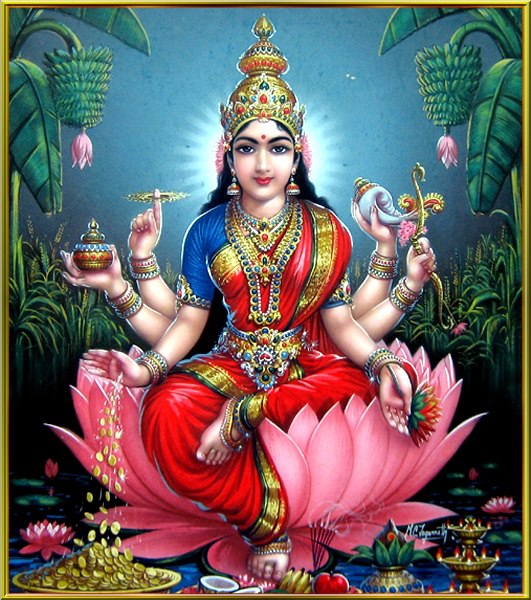



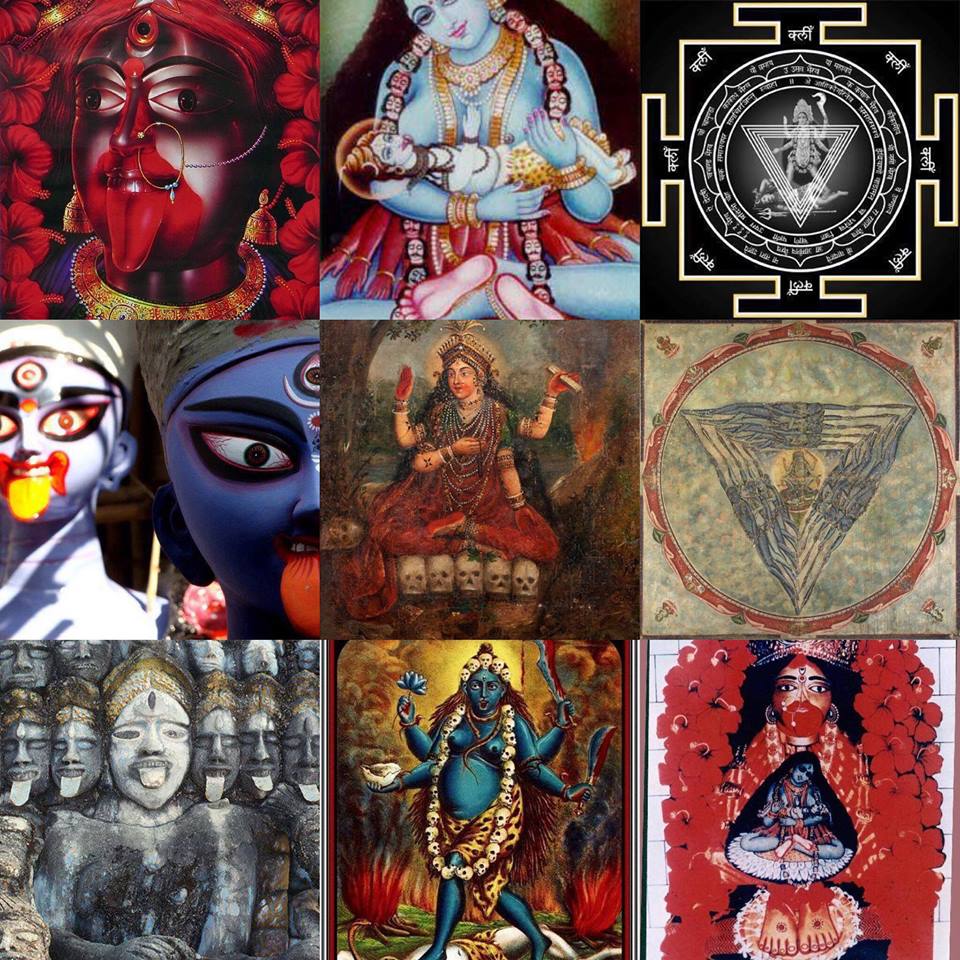


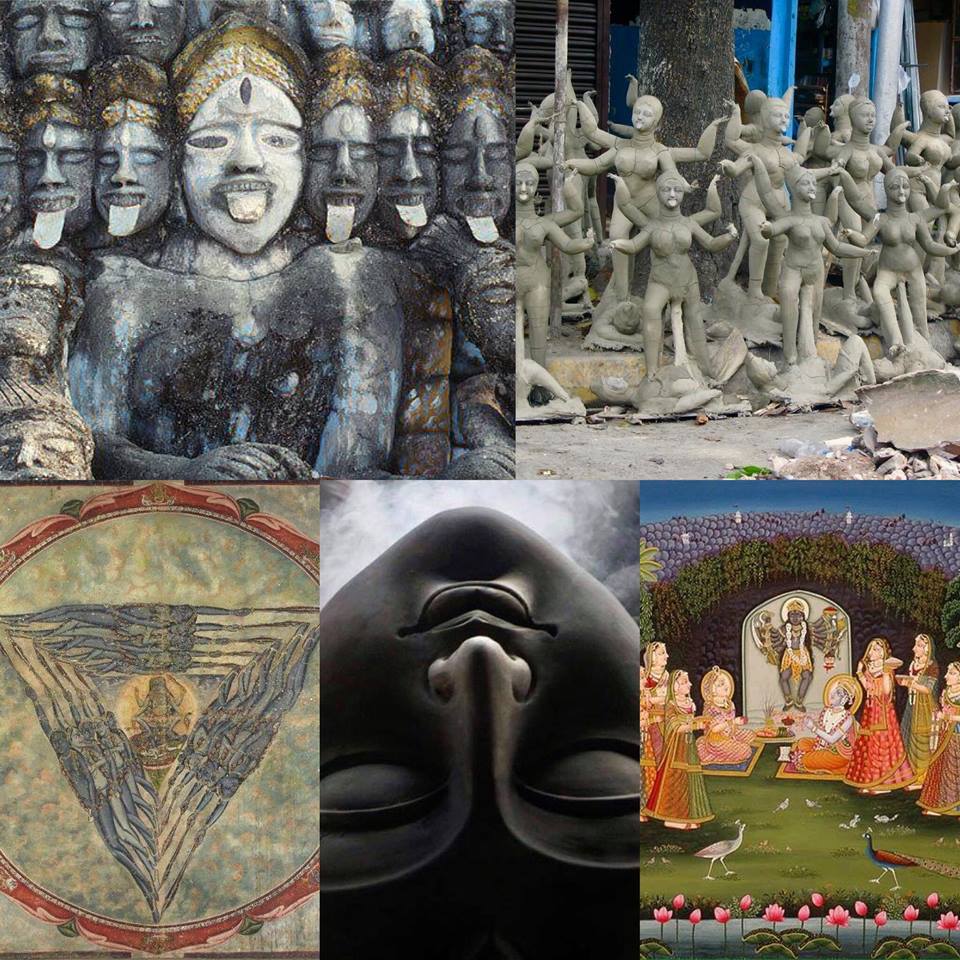







 RSS Feed
RSS Feed























